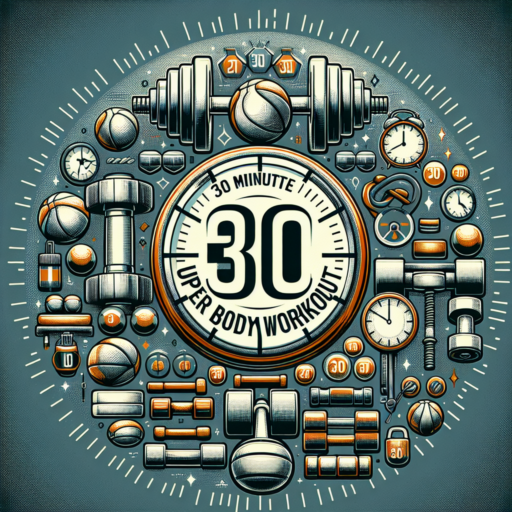How do you calculate heart rate zone 2?
Calculating your heart rate Zone 2 involves a blend of science and personal insight to ensure you’re exercising efficiently to improve cardiovascular endurance. This particular zone is pivotal for those looking to enhance their aerobic capacity without overextending themselves. Before we dive into the specifics, it’s important to grasp that heart rate Zone 2 typically ranges between 60% to 70% of your maximum heart rate. This sweet spot is where you can comfortably maintain a conversation without gasping for air, making your workouts both enjoyable and beneficial.
To calculate your Zone 2, you first need to determine your maximum heart rate (MHR). A widely recognized method to estimate this is to subtract your age from 220. For instance, if you’re 30 years old, your estimated MHR would be 190 beats per minute (BPM). With your MHR at hand, you can then apply the Zone 2 formula, which is 60-70% of your MHR. Continuing with the example, 60% of 190 is 114 BPM, and 70% is 133 BPM. Therefore, your heart rate Zone 2 would be anywhere between 114 to 133 BPM.
While this calculation provides a general guideline, remember that individual fitness levels and health conditions can influence your actual MHR and, consequently, your training zones. Using a heart rate monitor during your workouts can offer real-time feedback, ensuring you remain within your calculated Zone 2. Additionally, regularly assessing your zones as your fitness level changes is crucial, as your MHR can decrease with age and improved cardiovascular conditioning.
No se han encontrado productos.
How do I know I’m in zone 2?
Determining if you’re in zone 2, often linked to heart rate training zones, is crucial for optimizing your workouts for endurance and better cardiovascular health. This moderate-intensity level is where you can talk comfortably without gasping for air, but you’re also noticing an increase in your breathing rate.
To accurately identify if you’re in zone 2, monitoring your heart rate is key. Most typically, zone 2 is defined as 60-70% of your maximum heart rate. You can calculate your maximum heart rate by subtracting your age from 220. Once you have this figure, applying the percentage range will give you the heart rate range to maintain to ensure you’re in zone 2.
Another method to gauge if you’re in the correct zone is by paying attention to your body’s cues. Feelings of slight exertion that allow for conversation without struggling for breath is a hallmark of being in zone 2. This balance is crucial as it ensures you’re working sufficiently to gain endurance benefits without overexerting yourself.
Is zone 2 60-70 or 70-80?
Understanding your heart rate zones is essential for maximizing the efficiency of your workouts, particularly when discussing zone 2 training, which is often referenced for endurance building and fat-burning exercises. However, there tends to be some confusion surrounding the exact heart rate range for zone 2. The question at hand, Is zone 2 60-70 or 70-80?, is not as straightforward as it may seem and requires a deeper understanding of how these zones are calculated.
Heart rate zones are typically determined based on your maximum heart rate (MHR), which can vary significantly from person to person. As such, doing a little math is essential to accurately finding your heart rate zones. Zone 2 is traditionally identified as working at 60-70% of your maximum heart rate. This is the sweet spot for improving your aerobic capacity without putting too much strain on your body. Therefore, for most individuals, zone 2 indeed falls within the 60-70% range.
However, it’s not uncommon to see slight variations in the way zones are defined, with some fitness professionals and heart rate monitors considering the 70-80% range to also be indicative of zone 2 training. This discrepancy often arises from different methodologies used for calculating the MHR and subsequently the training zones. While the 60-70% range is more widely accepted and utilized, it’s vital to remember that personal comfort, fitness levels, and specific training goals should guide your exercise intensity.
What is the heart rate for Zone 2 power?
Understanding the heart rate for Zone 2 power is crucial for athletes and fitness enthusiasts aiming to optimize their endurance training and fat metabolism. Zone 2 power refers to an aerobic intensity that promotes a high rate of fat oxidation, making it a cornerstone for building endurance. It is typically calculated as a percentage of your maximum heart rate (MHR).
Generally, the heart rate for Zone 2 power falls within 60% to 70% of your MHR. This range is considered the sweet spot for improving aerobic capacity while efficiently burning fat. To determine your specific Zone 2 heart rate, you first need to know your MHR. Once your MHR is identified, you can calculate your Zone 2 heart rate by applying the appropriate percentage range.
For instance, if your MHR is 190 beats per minute (bpm), your Zone 2 heart rate would range from 114 bpm (60% of 190) to 133 bpm (70% of 190). Training within this heart rate range ensures you are working in Zone 2 power, capitalizing on its benefits for endurance and fitness. Remember, maintaining consistency within this zone during workouts is key to harnessing its full potential.




